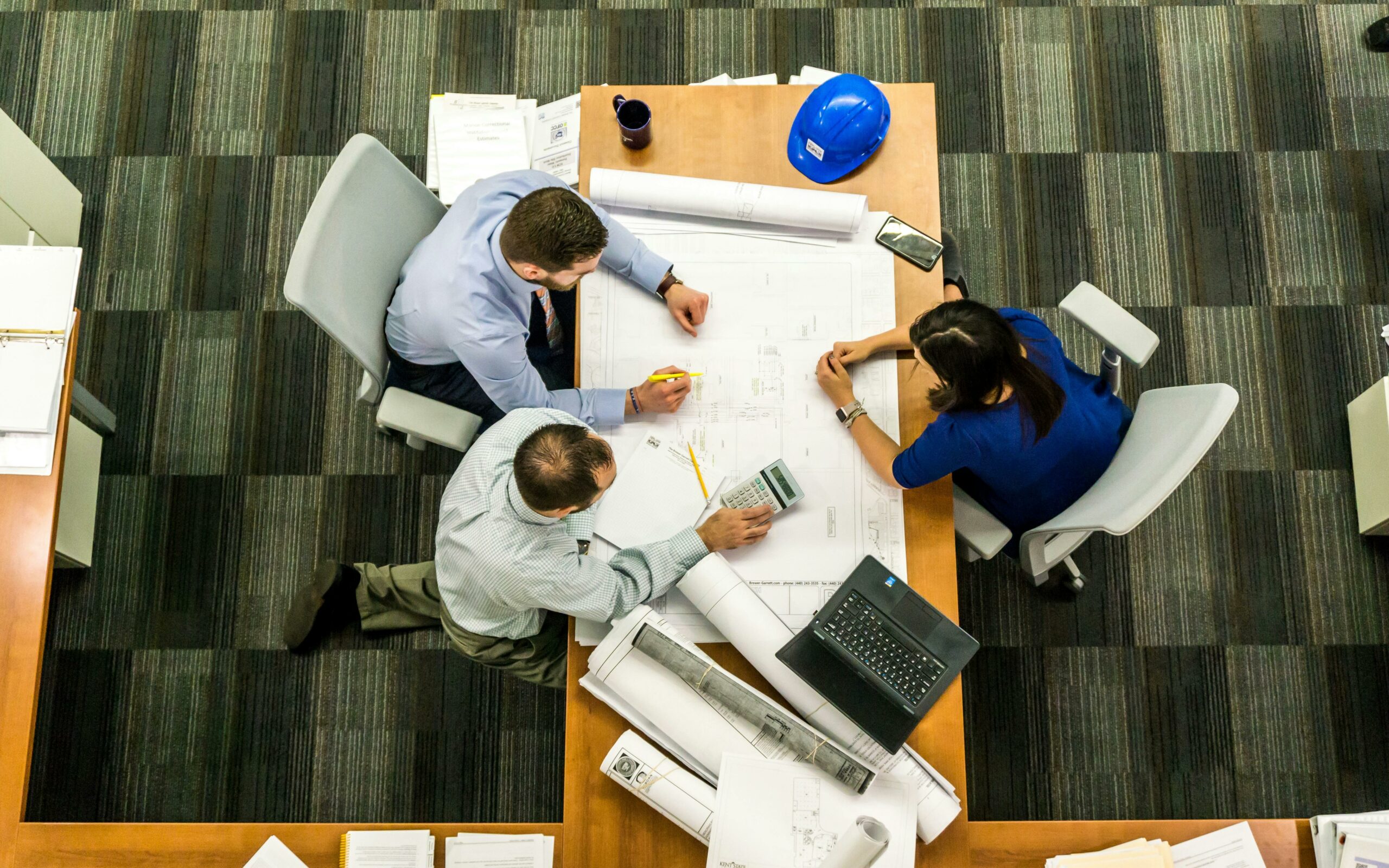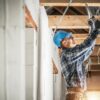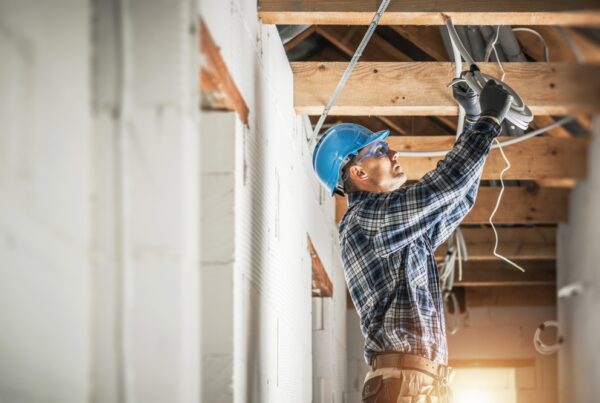In today’s digital age, ensuring the health and longevity of properties is more important than ever.

With the majority of our time spent indoors, building quality has a direct impact on well-being. “Sick Building Syndrome” (SBS) is a growing concern, as poor indoor environments can lead to significant health issues. PlanRadar, a leading platform for digital documentation, communication, and reporting in construction, facility management, and real estate, offers an effective solution for managing indoor spaces. By leveraging smart maintenance and technology, PlanRadar helps combat SBS and enhances real estate value.
Leon Ward, Regional Lead for PlanRadar Australia + New Zealand, commented, “The increasing awareness of Sick Building Syndrome worldwide is driving demand for healthier buildings. We are observing that this trend is increasingly influencing global real estate markets, as investors and occupants alike will prioritise buildings that offer healthier environments for occupants.”
Understanding the invisible threat
Sick Building Syndrome (SBS) manifests through a variety of symptoms among occupants, including headaches, respiratory issues, fatigue, and emotional distress. The incidence of SBS is reported at 57 per cent in office buildings, 31 per cent in university laboratories, and between 23-41 per cent in university administrative buildings. Often unrecognised, these symptoms are linked to factors such as poor ventilation, high indoor pollutant levels, and moisture.
SBS is reported to affect up to 60 per cent of workers in newly constructed or recently renovated buildings, due to off-gassing and air pollution from new materials. Indoor air pollution—caused by dust, smoke, and volatile substances—significantly deteriorates air quality, especially when combined with inadequate ventilation. Inefficient HVAC systems exacerbate this issue by allowing high pollutant levels and failing to provide adequate air exchange. Additionally, excess moisture fosters mold growth, leading to respiratory problems and allergies. Proper heating and insulation are also crucial for maintaining thermal comfort and ensuring comfortable indoor temperatures.
The impact of these issues is profound, affecting not only the health and productivity of those working in offices and other indoor environments, but also leading to property devaluation and potential loss of rental income. It is estimated that up to 20 per cent of buildings worldwide may have conditions conducive to SBS. Addressing these physical and environmental factors is essential to safeguard occupant health and maintain building value.
Leon Ward noted, “As awareness of Sick Building Syndrome grows, there is a heightened demand for practices, training, education and certifications that prioritise indoor air quality and occupant health.”
Smart maintenance and increased property value
Digital real estate and facility management platforms like PlanRadar offer an effective solution for streamlined property management, enhancing building maintenance, fostering a healthy indoor environment, and ultimately boosting property values. Leveraging a digital platform enables companies to achieve:
- Comprehensive monitoring: Detailed monitoring identifies potential issues early, safeguarding occupant health and property integrity.
- Regular maintenance scheduling: Streamlined maintenance plans prevent major repairs, reduce downtime and ensure system efficiency.
- Rapid defect identification: Mobile documentation of defects expedites problem detection and response.
- Enhanced communication: Improved collaboration between team and stakeholders accelerates problem resolution and reduces administrative overhead.
- Historical data and analysis: Detailed records help track recurring issues and plan future maintenance effectively.
Even in modern, energy-efficient buildings, maintaining optimal air quality and overall building health is essential. Properties impacted by Sick Building Syndrome require targeted strategies to improve both their quality and market value. Tools like PlanRadar offer a comprehensive solution, ensuring precise planning, efficient resource utilisation, and improved communication. This approach helps properties remain healthy and valuable assets.
Leon Ward added, “Digital real estate and facility management platforms are proving to be vital in identifying and mitigating the factors that contribute to Sick Building Syndrome, such as poor air quality and inadequate ventilation. The adoption of these systems allows for more precise control over building systems, continuous monitoring and adjustment capabilities, and enable prompt interventions to reduce health and safety risk.”
Read more in PlanRadar’s eBook ‘How to solve Sick Building Syndrome’ here.









